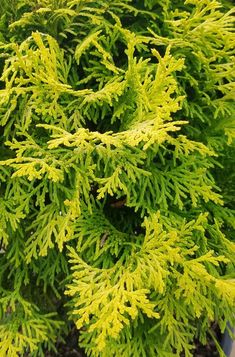Rosmarinus officinalis
£8.00
Out of stock
Rosmarinus officinalis Plant Description:
Common Name: Rosemary
Scientific Name: Rosmarinus officinalis
Type: Evergreen Herb
Foliage: Needle-like, aromatic leaves with a distinctive fragrance.
Size:
Height: Typically grows as a woody shrub ranging from 1 to 3 feet (30 to 90 cm), but can vary depending on the variety and growing conditions.
Spread: Can spread up to 4 feet (1.2 meters) or more.
Foliage Color:
Leaf Color: Dark green to gray-green.
Flowers:
Bloom Time: Late winter to spring, and sporadically throughout the growing season.
Flower Color: Small, two-lipped flowers that can be blue, purple, pink, or white, depending on the variety.
Attracts Pollinators: Bees are attracted to the nectar-rich flowers.
Sun Requirements:
Light: Requires full sun for optimal growth and flavor development.
Sun Exposure: Thrives in sunny, well-lit locations.
Soil and Moisture:
Soil: Well-draining, sandy or loamy soil. Rosemary prefers slightly alkaline soil.
Moisture: Drought-tolerant once established. Allow the soil to dry out between waterings.
Hardiness Zones:
Hardy: Suitable for USDA hardiness zones 7 to 10. Can be grown as an annual or potted plant in colder climates.
Culinary Use:
Flavor: Rosemary leaves have a robust, pine-like flavor.
Culinary Applications: Used in a variety of culinary dishes, including roasts, stews, soups, and marinades.
Landscaping Uses:
Herb Gardens: A staple in herb gardens for culinary and aromatic purposes.
Topiaries: Can be pruned and shaped into decorative topiaries.
Containers: Well-suited for container gardening, both indoors and outdoors.
Maintenance:
Pruning: Regular pruning helps maintain a compact and bushy shape. Prune after flowering.
Harvesting: Harvest leaves as needed for culinary use.
Special Features:
Aromatic Foliage: The fragrant leaves release a pleasant aroma when brushed against or crushed.
Medicinal Uses: Rosemary has been historically used for various medicinal purposes and is believed to have health benefits.
Note: Rosemary is a versatile and hardy herb known for its culinary uses, aromatic qualities, and ornamental appeal. It thrives in sunny, well-drained locations and is a favorite in many gardens and landscapes.
| Flower Colour |
TBC |
|---|---|
| Size |
3 Ltr |
| Root Type |
Pot Grown |
| Foliage Colour |
TBC |
| Soil Type |
TBC |
Only logged in customers who have purchased this product may leave a review.


















Reviews
There are no reviews yet.